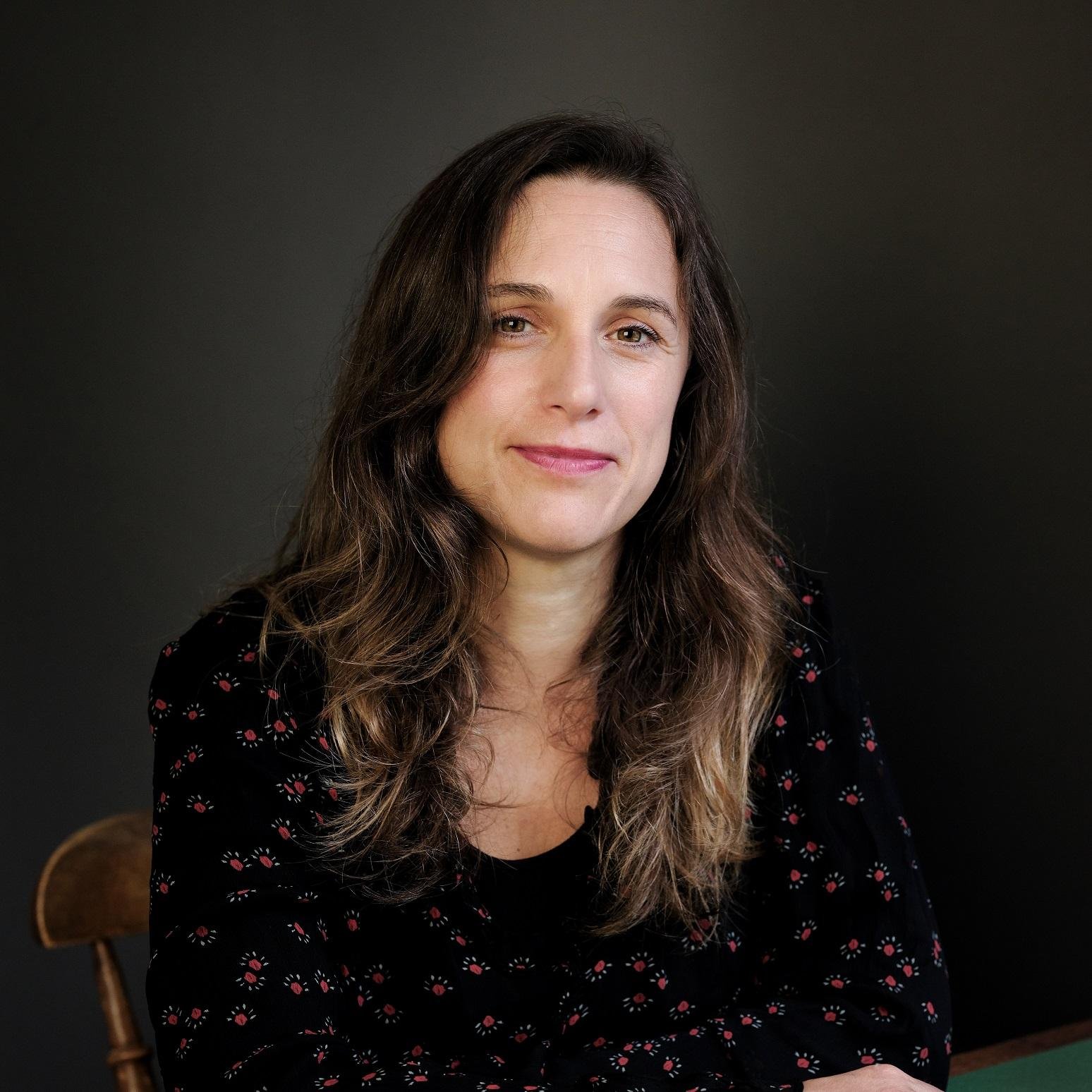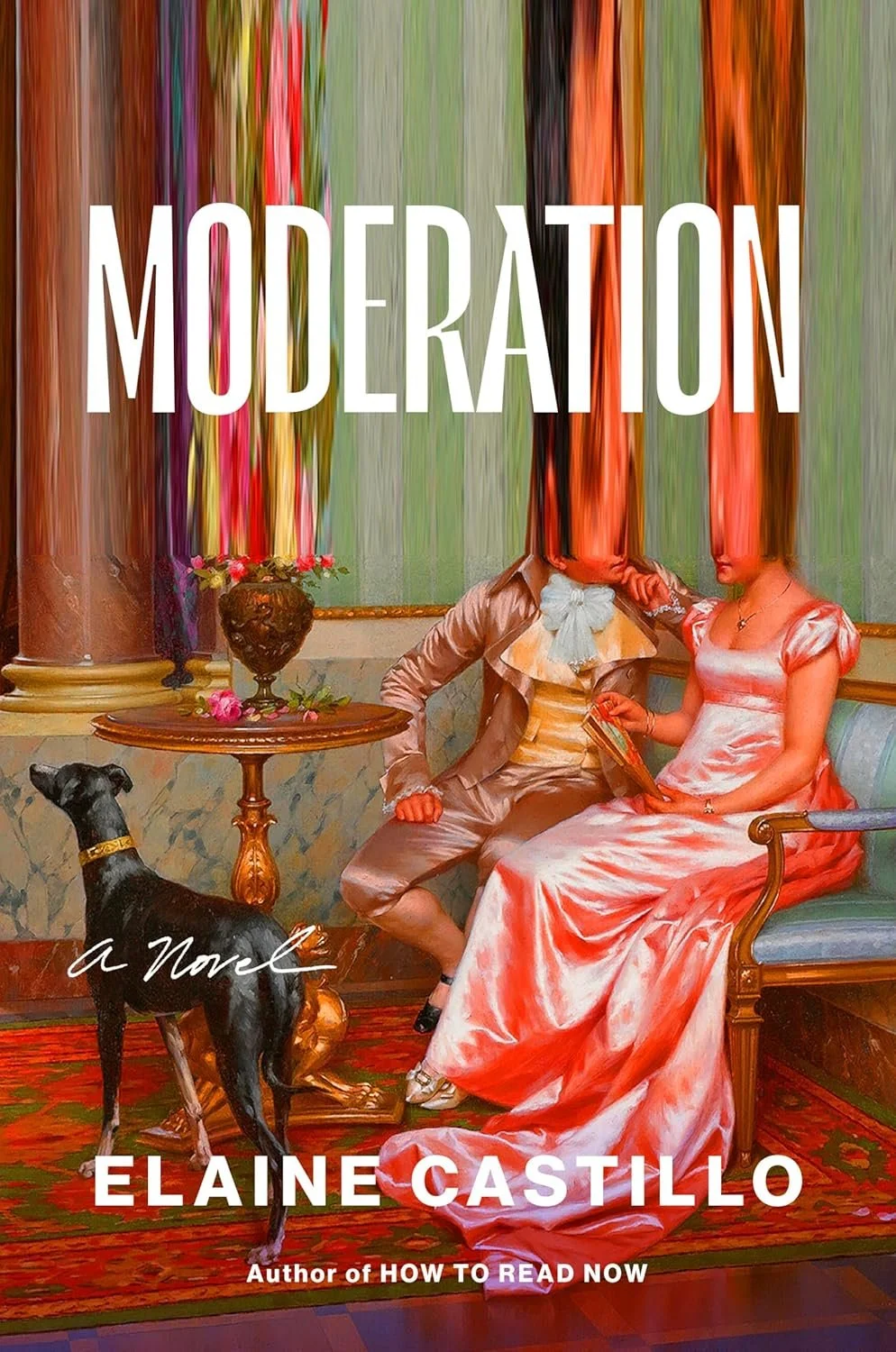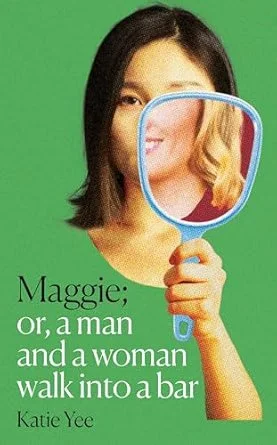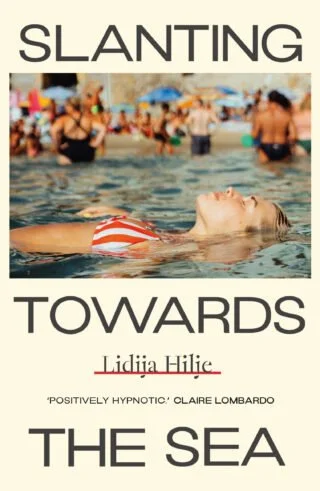Resolution and Love Amongst the Ruins: A Conversation with Priscilla Morris
“Art, fire, war; this combination was kind of the muse for this story.”
Sarajevo, spring 1992. Each night, nationalist gangs erect barricades, splitting the diverse city into ethnic enclaves; each morning, the residents - whether Muslim, Croat or Serb - push the makeshift barriers aside.
When violence finally spills over, Zora, an artist and teacher, sends her husband and elderly mother to safety with her daughter in England. Reluctant to believe that hostilities will last more than a handful of weeks, she stays behind while the city falls under siege. As the assault deepens and everything they love is laid to waste, black ashes floating over the rooftops, Zora and her friends are forced to rebuild themselves, over and over. Theirs is a breathtaking story of disintegration, resilience and hope.
photo credit: Conor Horgan
I have to be very honest and say that, before I read Black Butterflies, I was very ignorant about the siege of Sarajevo. So, I just wanted to talk about the role that fiction can play as entry points into certain moments of history that perhaps people aren't that aware of for whatever reason. I personally find fiction quite useful for that purpose because some histories are less known, some appear too complicated to understand, and sometimes it can feel quite daunting to jump into a complex historical account. Whereas a fictionalised account can give readers a small glimpse into a historic time through people and emotions, which tends to be an easier entry to empathy. So, I just wondered, seeing as you've done that for me and hopefully lots of other people, were there any books that you read that had that impact on you? That taught you or informed you about a period that you didn't really know much about before?
Yes, good question and that is, by the way, exactly what I was aiming for – to shed some light on Sarajevo and what happened because, as you implied, history books can be very dry and following emotions and a character can be a much more interesting way into the past. For me, there are various books that particularly influenced the writing of this, which I suppose did the same thing. So, for example, there's The Siege by Helen Dunmore which is about the siege of Leningrad. There's also The Plague by Albert Camus, which is interesting because on the surface it's about a plague, much like the one we've just faced with COVID, but it’s also very easy to read it as being about a siege of a city; a lot of people interpret it as an allegory of fascist France, and it can be seen as a book that really throws light on what life is like under a state of siege or a totalitarian regime. I also absolutely love Michael Ondaatje’s The English Patient, set at the end of the Second World War in Italy and Northern Africa and focusing on, not the main heroes of the war, but the people who are often overlooked: a nurse, a thief, a sapper. That, for me, is one of my favourite novels, and it was actually quite an inspiration when I was writing Black Butterflies. Some other war fiction that I found inspiring are Half of a Yellow Sun by Chimamanda Ngozi Adichie, which does exactly what you talking about and builds a layered, complex understanding of the Nigerian Civil War through compelling characters, the brilliant Milkman by Anna Burns, which evokes the siege-like state of terror and half-truths that people lived in during the Troubles in Northern Ireland, Love and Obstacles by Sarajevan author Aleksandar Hemon, the darkly comic Lodgers by Nenad Veličković, written and set during the siege of Sarajevo, and the truly wonderful Catch the Rabbit by Lana Bastašić, about a surreal female roadtrip through postwar Bosnia.
Were they also inspirational to you stylistically as well? Do you have any authors that particularly influenced your writing style and the way that you write?
I would say that Michael Ondaatje is a favourite of mine, and then there are four authors I really love, which are quite disparate, but they've stayed with me through my life, and they would be Alice Walker, Angela Carter, Ali Smith, and Tove Janssen.
Oh, cool!
Bit of a surprise there! Her adult fiction is just written beautifully. I was actually just trying to think what draws all these writers together for me and I think it is the strength and resilience of their female characters; they're very authentic female characters that are non-conventional. They're true to themselves, and there's a power and something to admire in that. And, equally, all of them have a real beauty and simplicity in the prose that is used, it is a visual prose that just really speaks to me. So, I think that somehow, the work of these authors has fed into Black Butterflies, perhaps into the spirit of Zora, who is a strong, resilient, female protagonist.
Definitely! That seamlessly leads me to my next question about Zora who, as well as being a very strong character, is an artist, which was really lovely as I felt like it gave the reader a lovely insight into the beauty of the city in a more artistic way; it gave the book a wonderful element of creativity. I just wanted to ask you more about the decision of making her art speak in the novel.
Yes, so the original inspiration for the story was me hearing my Great Uncle’s story, and he was a landscape painter in Sarajevo whose work burnt down during the siege. When I heard his story, something went off in my head – ‘art, fire, war’ – and this combination was the muse for this story. So, it was very important to me that she's an artist, and I guess it also has something to do with art being a form of resistance. You know, you've got the complete dehumanisation of being under siege; I mean, a siege is a very long, drawn-out form of aggression. It's not just a quick battle, in Sarajevo it ended up going on for almost four years. And one of the aims of a siege is basically to slowly wear down the people who are being besieged. You cut off all the supplies and you beat them down until they give in, so it's very dehumanising; it's stripping away everything you’re used to: power electricity, water, food. So, to carry on creating art is a way of reclaiming your humanity and lifting yourself up – and people really did do this in Sarajevo. It was quite amazing, especially in the second year of the siege, suddenly all this artistic life started flourishing and plays were put on in candlelight theatres and there was music. It was kind of amazing. I very much wanted to explore the theme of art being an antidote, or resistance, to war; it is very much a part of what inspired Black Butterflies.
And similarly, I wanted to ask about the moments of connection and even love and lust that you focus on during the siege; is there a similarity to art there in the sense of reclaiming your essence, your body, your humanity?
Yes, I love that. I hadn't necessarily thought of that myself, but yes there is. The theme of neighbourliness that goes on between Zora and the other neighbours in her tower block is very important; they're all different nationalities, and yet they continue to help each other and get on. And then there's also this love story that goes on between Zora and Mirsad, which again is a form of resistance to war just as you're saying; it’s showing that love and friendship and being neighbourly and all these things continue, despite being shelled. And again, it very much came from stories I heard when I was in Sarajevo – that people really helped each other and looked out for each other, and that love continued to grow even in warlike conditions.
I wonder, and I don't know if you did this on purpose, but I personally found that the way that the book doesn't really apologise, explain, or justify Zora’a relationship – even though Zora is married – made it feel like this relationship is almost necessary for survival.
That's exactly how I intended it. At this point, when Zora and Mirsad do get together, she has pretty much given up all hope of escaping and she feels completely cut off; she doesn't think she's ever going to see her husband again. And you know, when you’re only focused on day-to-day survival, the normal concerns you'd have sort of leave your mind. Partly, they get together for warmth because it’s -20 degrees in the flat, but it's more than just that, of course. There's something strong growing between them both, and that's also why – apart from a few hints at her feeling conflicted about it in her actions – there's no explanation and no apology.
Read the full interview in Issue 115, Resolution, as well as a thought piece from Priscilla on Resolution.
Editorial Picks




